Hazelnut Oil For Skin: Benefits And How To Use
Enjoy the goodness of the non-greasy oil with skin-moisturizing benefits.
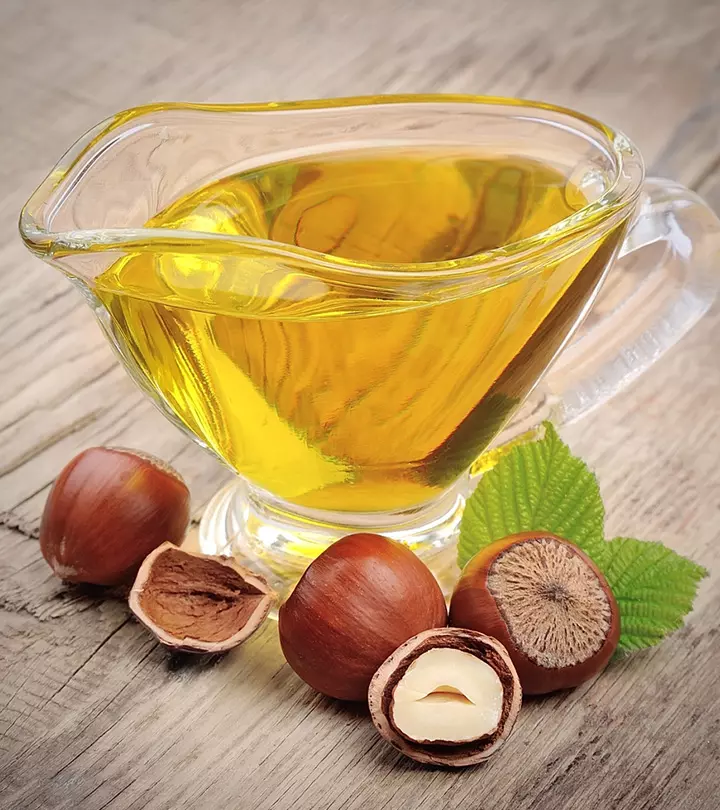
Image: ShutterStock
Hazelnut oil is rich in fatty acids, proteins, minerals, and vitamins. It is good for your overall health, and many people also use hazelnut oil for skin care. This healthy oil can protect, nourish, and hydrate your skin and keep it soft and supple. You may use it orally or topically to reap all its benefits. This article delves deep into the advantages of hazelnut oil for skin and ways to use it. Read on.
 Know Your Ingredient: Hazelnut Oil
Know Your Ingredient: Hazelnut OilWhat Is It?
Oil extracted from hazelnut kernels by cold press or solvent extraction method.
What Are Its Benefits?
Moisturizes the skin and protects it from sun damage, helps reduce wrinkles and fine lines, treats acne, and boosts collagen production.
Who Can Use It?
All except those who are allergic to tree nuts.
How Often?
Daily or as prescribed.
Caution
Individuals allergic to nuts and pollen should avoid using it. Perform a patch test if you have sensitive skin.
In This Article
What Is Hazelnut Oil?

Hazelnut oil is extracted from hazelnut kernels that contain about 60% oil (1). The oil is extracted by the cold press or solvent extraction methods. Although it is mainly popular in the food industry, it has been gaining traction in the cosmetic industry as well. It is a non-greasy oil known for its moisturizing properties.
 Trivia
TriviaHazelnut oil has a similar fatty acid content as olive oil. It contains a high oleic acid content. It can be used like olive oil in skincare products (2). Read on to know its complete nutritional profile and benefits.
Key Takeaways
- Hazelnut is a non-greasy moisturizing oil with fatty acid content similar to olive oil.
- It has high antioxidant properties that protect the skin from UV radiation and free radical damage.
- Astringent action and non-comedogenic properties make it an effective moisturizer for acne-prone or oily skin types.
- It can be used on its own or in combination with other carrier oils or essential oils.
Hazelnut Nutrition Composition And Benefits
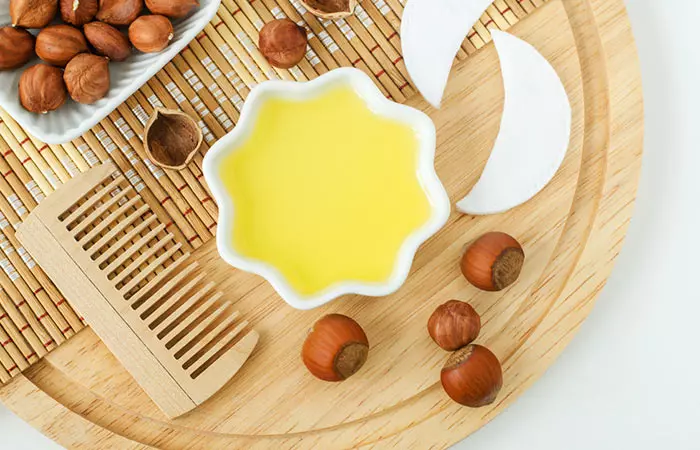
Hazelnut contains many nutrients beneficial to skincare, like fatty acids, vitamins, minerals, squalene, and tocopherols (1), (3), ( 4).
- Fatty acids play a role in balancing the skin’s protective barrier (5). They also prevent the loss of moisture from the skin’s surface. These fatty acids prevent any harmful substances from entering the skin.
- Vitamin C (ascorbic acid) prevents and repairs photo-aging. It has antioxidant properties that protect the skin from UV damage (6), (7) (8). It can also be used to help reduce hyperpigmentation. Vitamin C has anti-inflammatory properties and can help treat skin conditions like acne and rosacea. It also promotes wound healing and boosts collagen synthesis.
- Vitamin E contains tocopherols and tocotrienols. It has high antioxidant properties that reduce free radical damage due to solar radiation (9). It protects the skin from oxidative stress. It may help prevent sun damage from a sunburn. It has therapeutic effects against psoriasis, acne, sclerodermai A group of rare diseases that lead to the hardening and tightening of the skin in middle-aged women. , and atopic dermatitisi An allergic reaction to certain products or environmental factors that leads to dry and inflamed skin. . It can also promote wound healing. It might reduce the signs of sun damage, including skin thickening, wrinkling, and erythemai A skin condition that causes inflammation triggered by an infection or a reaction to certain medicines. (10). Tocopherols also have skin-conditioning properties (11).
- Folic acid improves skin firmness that may otherwise deteriorate due to aging (12). Folic acid supplementation is often used to treat chronic inflammatory skin conditions (13).
- Vitamin A (retinol) is often used in the treatment of acne, psoriasis, and other skin conditions (14). It also slows down the aging process. It protects the skin barrier functions and collagen, and reduces water loss. It also prevents the discoloration of the skin. It reduces excess sebum production, improves skin elasticity, and boosts collagen synthesis and keratin formation. It reduces the signs of aging and photoagingi Premature aging of skin due to sun exposure that increases risk of wrinkles, pigmentation, loss of skin tone, or even skin cancer. too (15). Research shows that vitamin A can reduce fine lines and wrinkles effectively (16).
- Niacin improves the skin barrier function (14). It prevents water loss and increases the moisture content in the skin. It improves skin quality and reduces wrinkles. It may help treat skin conditions like acne and rosacea, thanks to its anti-inflammatory properties. It reduces the effects of aging and might also reduce skin discoloration.
- Minerals like zinc and copper offer photoprotective properties and prevent damage from UV radiation (15). These minerals prevent the radiation from penetrating the skin. They also have antioxidant properties. Copper, additionally, improves skin elasticity and thickness.
Table 1: Nutrient composition of 100gms of Hazelnuts (3)
| Nut (100gms) | Energy (kJ) | Fat (g) | SFA (g) | MUFA (g) | PUFA (g) | LA (g) | ALA (g) | Protein (g) | FIber (g) | Folate (μg) |
|---|---|---|---|---|---|---|---|---|---|---|
| Hazelnut | 2629 | 60.8 | 4.5 | 45.7 | 7.9 | 7.8 | 0.09 | 15.0 | 10.4 | 113 |
Abbreviations: SFA, saturated fatty acids; MUFA, monounsaturated fatty acids; PUFA, polyunsaturated fatty acids; LA, linoleic acid; ALA, α-linolenic acid
Table 2: Nutrient Composition Of Hazelnuts (1)
| Hazelnut Nutrient Composition Table Amount: g.100 g−1 |
| Nutrients | Composition |
|---|---|
| Fatty Acids | Myristic acid (0-0.1) Palmitic acid (4.5-6.5) Palmitoleic acid (0.1-0.3) Stearic acid (0.4-3.8) Oleic acid (76.3-86.5) Linoleic acid (6.5-15.6) Linolenic acid (0.1-1.9) Arachidic acid (0-0.2) |
| Triacylglycerol Composition | LLLn – 0.1 LLL – 3.7 OLLn – 0.5 OLLn – 12.3 OLnO – 0.7 LLP – 1.6 OLO – 28.2 LOP – 5.2 PLP – 0.2 OOO – 36.5 SLO – 1.4 OOP – 6.1 SOO – 2.8 |
| Sterol Composition | Cholesterol (0.8-2.3) Methylene-cholesterol (0-0.1) Campesterol (4.8-7.4) Campestanol (0-0.2) Stigmasterol (1.3-2.1) Campesterol (0-0.4) Stigmastadienol + Clerosterol (0.9-1.3) 𝛽-Sitosterol (78.1-90.4) Sitostanol (1.8-3.6) Avenasterol (1.3-5.2) Stigmastadienol (0.3-1.1) Stigmasterol (0.3-2.3) Avenasterol (0.5-1.9) |
| Squalene | 186.0371.0 |
| Tocopherol and Tocotrienol Composition | 𝛼-Tocopherol (53.8-90.6) 𝛽-Tocopherol (2.1-4.2) 𝛾-Tocopherol (3.1-41.9) 𝛼-Tocotrienol (0-0.71) |
| Total Sterols (mg⋅kg−1) | 1096–6031 |
| Total tocopherol (mg⋅kg−1) | 25.8–690.8 |
Table 3: Vitamin Composition in Hazelnut (4)
| Vitamins per 100 gms | Composition |
|---|---|
| Niacin | 1.45 mg |
| Vitamin B1 | 0.28 mg |
| Vitamin B2 | 0.05 mg |
| Vitamin B6 | 0.5 mg |
| Ascorbic Acid | 2.45 mg |
| Folic Acid | 0.043 |
| Retinol | 3.25 mg |
Table 4: Mineral Composition in Hazelnut (4)
| Mineral per 100 gms | Composition |
|---|---|
| Potassium (K) | 863 mg |
| Manganese (Mn) | 186 mg |
| Magnesium (Mg) | 173 mg |
| Calcium (Ca) | – |
| Iron (Fe) | 5.6 mg |
| Zinc (Zn) | 4.2 mg |
| Sodium (Na) | 2.9 mg |
| Copper (Cu) | 2.3 mg |
Here are some additional benefits of Hazelnut oil for skin.
Benefits Of Hazelnut Oil For Skin

- Hazelnut oil moisturizes the skin. It contains a high amount of fatty acids that make it an effective emollient. It acts as a regenerating agent for skin conditioning (19 ).
- It has occlusive properties; it forms a protective barrier on the skin and prevents moisture retention (19).
- Hazelnut oil might boost the effectiveness of other skin care moisturizers (20). It contains phospholipids that provide longer-lasting moisturization to cosmetic products (21). It is commonly added to products used to treat dry skin as it has emulsion properties ( 22).
- Hazelnut oil may be used in skin restorative treatments. It might improve skin elasticity and healing ( 22). It may also be used as a UV filter to protect the skin from sun damage.
- Hazelnut oil is non-greasy and is ideal for oily skin (23). It also has astringent properties and closes the skin pores, and may help those with acne-prone or oily skin (22).
- Hazelnut oil contains vitamins and essential fatty acids that protect the skin from sun damage. These nutrients also improve collagen production (23).
- Hazelnut essential oil, made with the leaves, flowers, skin, and bark of the plant, provides good skin care benefits. The oil soothes and stimulates the skin (24). It also acts as a disinfectant and provides aseptic action. It can help soothe any muscle pain and provides relaxation.
- Hazelnut essential oil made from the skin of the nut may be used to boost the effectiveness of probiotic bacteria that benefit skin health. Hazelnut skin has bioactive compounds that increase the growth of the probiotic bacteria Lactobacillus planetarium and Lactobacillus crispatus (25). These bacteria help delay the onset of skin aging (26), (27).
- Hazelnut twigs and leaves, used in the making of essential oils, can be used to treat skin conditions. The leaves have an hydroalcoholic extract that may help with wound healing (28).
- The ethanol extract from hazelnut exhibited antibacterial activity against Staphylococcus aureus (28). This bacteria is known for causing acne. The ethanol extract boosts iron metabolism and provides anti-inflammatory action against the bacteria.
- Hazelnut oil may help reduce the effects of polycystic ovary syndrome (PCOS) (28). This suggests that it might be useful in reducing any inflammation or breakouts caused by PCOS.
 Quick Tip
Quick TipThese are the various potential benefits of hazelnut oil. The best way to achieve all of its benefits is using the oil right. In the following section, we discuss the same.
How To Use Hazelnut Oil For Skin
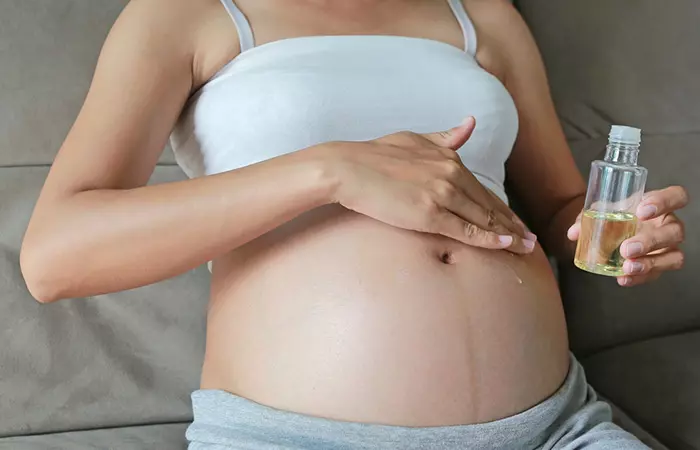
Note: Perform a patch test before applying hazelnut oil to your skin. Apply some of this natural oil to your forearm and wait for a few hours. Avoid use if you notice any adverse effects like redness, swelling, itching, rashes, inflammation, or burning sensations.
- Hazelnut oil (regular and essential) can be used on its own or with other oils. Pair the oil with carrier oils or other essential oils to boost its medicinal and cosmetic benefits.
- The oil can also be paired with other organic ingredients and skin care products (since it is an emulsifier).
Procedure
- Wash your face with a cleanser. Do not scrub your face with your nails. Massage your face in small circular motions as you spread the cleanser.
- Dab your face dry with a cotton towel.
- Take a smaller towel or a washcloth and dip it in some warm or hot water. Make sure the water is not boiling hot or too cold. The warm water will open the pores in the skin.
- Apply hazelnut oil to your face (and any other area). Massage it into your face for a few minutes.
- Allow it to rest for 5 to 10 minutes. Wash it off with warm water or gently wipe it off with a warm towel.
You can buy the oil or even make it at home. Preparing hazelnut oil is simple. Read on to know more about the preparation process.
How To Make Hazelnut Oil
What You Need
- 50 g of hazelnuts
- 250 ml of sunflower oil
- A pan
- An empty container (300 ml)
How To Prepare
1. Chop the hazelnut kernels into smaller pieces.
2. Toast them on the pan. Ensure you toast without any fat.
3. Once toasted, remove them from the pan.
4. Let them cool for about 20 minutes.
5. Pour the sunflower oil into a bowl.
6. Add the nuts to the oil and mix well.
7. Transfer the mixture to the container.
8. Close the jar tightly and store it in a dark place for 3 weeks.
9. After 3 weeks, strain the oil into an amber bottle and use within 2 weeks.
As with most natural ingredients, hazelnut oil may cause certain side effects in some. Read on to know more.
Side Effects Of Hazelnut Oil
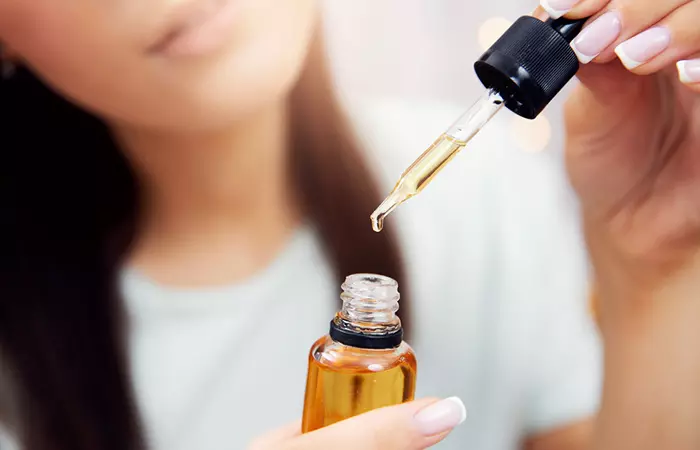
Hazelnut oil is generally considered safe for consumption and topical application. However, there is not enough research to guarantee its safety. In an unpublished study, hazelnut oil displayed no irritating effects on 20 patients who were prone to cosmetic contact allergy (29).
It is advised to avoid hazelnut oil if you have any kind of nut allergy or sensitive skin. Hazelnut contains proteins similar to that of pollen allergens. If you have pollen allergies, hazelnut oil might not suit your skin. Perform a patch test on the back of your neck or under your forearm to ensure no harmful or adverse effects occur.
Some adverse reactions that might occur on using hazelnut oil include:
- Redness
- Burning sensations
- Discomfort
- Swelling
- Scaling
- Breakouts
- Acne or skin condition flare-ups
If you do feel any discomfort, inflammation or irritation, wash the oil and consult a dermatologist immediately.
Infographic: Benefits Of Hazelnut Oil For Skin + How To Use It
Hazelnut oil is rich in essential fatty acids, antioxidants, and vitamins, which boost collagen production and provide skin hydration. So, if you want to learn more about how it improves your overall skin health and ways to incorporate it into your skincare routine, check out this infographic to know more!

Illustration: StyleCraze Design Team
Using hazelnut oil for the skin has many benefits. This plant-based and organic oil may help moisturize skin and prevent sun damage. Its anti-aging properties may slow down premature signs of aging and help retain your youthful beauty. It is also non-comedogenic, which may help manage the symptoms of rosacea, dermatitis, and acne. In addition, anecdotal evidence suggests that pure hazelnut oil can smoothen and soften the skin, boost its radiance, and improve its overall texture. You may use the oil on its own or with other carrier oils like olive and coconut. However, ensure to do a patch test before using this oil on your skin. If you notice rashes and irritation, stop using it and consult a doctor immediately.
Frequently Asked Questions
Is hazelnut oil safe to use during pregnancy?
Yes, hazelnut oil is considered safe to use during pregnancy due to its nourishing properties that help combat dryness. However, consult your doctor before topical application to avoid possible skin irritation or reactions, especially if you have sensitive or compromised skin.
What does hazelnut oil smell like?
Hazelnut oil has a mild, nutty, and sweet scent.
How do you store hazelnut oil?
You should store hazelnut oil in a cool place away from direct sunlight. Once opened, you can store hazelnut oil in the refrigerator. While the refrigeration may cause the oil to solidify, you can keep the oil out for one or two hours to bring it back to room temperature.
Does hazelnut oil expire?
Yes, hazelnut oil can only last between 9 to 12 months if properly stored.
Illustration: Hazelnut Oil For Skin: Benefits And How To Use
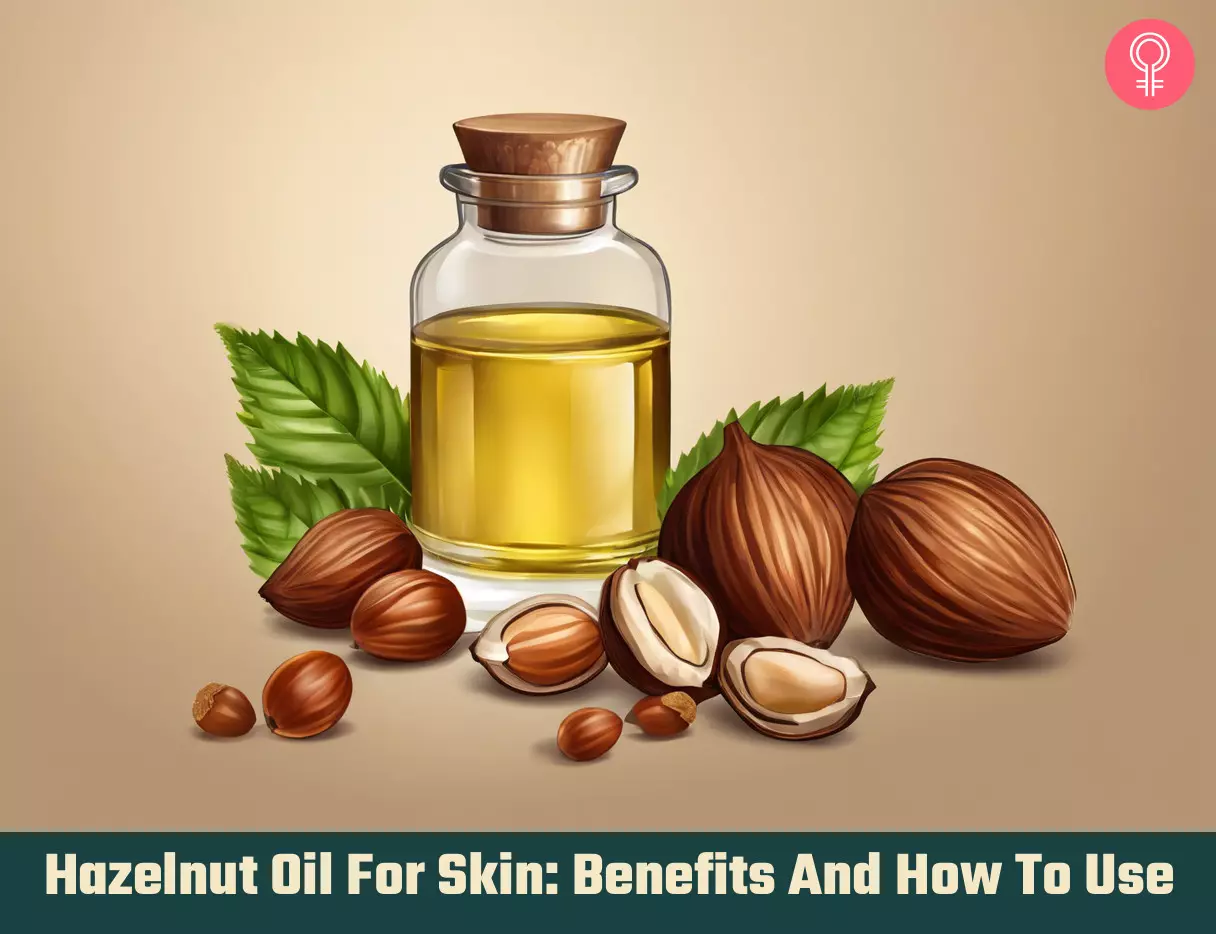
Image: Stable Diffusion/StyleCraze Design Team
References
Articles on StyleCraze are backed by verified information from peer-reviewed and academic research papers, reputed organizations, research institutions, and medical associations to ensure accuracy and relevance. Read our editorial policy to learn more.
- Chemical Characterization Of Major And Minor Compounds Of Nut Oils: Almond, Hazelnut, And Pecan Nut
https://downloads.hindawi.com/journals/jchem/2017/2609549.pdf - Developing Hazelnut Germplasm For The Upper Midwest
https://projects.sare.org/sare_project/lnc10-328/ - Kernel Nutrient Composition and Antioxidant Ability of Corylus spp. in China
https://www.ncbi.nlm.nih.gov/pmc/articles/PMC8261296/ - Nutrient Composition Of Hazelnut (corylusAvellana L.) Varieties Cultivated In Turkey
https://www.sciencedirect.com/science/article/abs/pii/S0308814605006849?via%3Dihub - A Review Of Fatty Acids Influencing Skin Condition
https://onlinelibrary.wiley.com/doi/10.1111/jocd.13616 - Vitamin C In Dermatology
https://www.ncbi.nlm.nih.gov/pmc/articles/PMC3673383/ - The Roles Of Vitamin C In Skin Health
https://www.ncbi.nlm.nih.gov/pmc/articles/PMC5579659/ - Vitamin C And Skin
https://www.longdom.org/open-access/vitamin-c-and-skin-2155-9554-1000444.pdf - Vitamin E In Dermatology
https://www.ncbi.nlm.nih.gov/pmc/articles/PMC4976416/ - The Role Of Vitamin E In Normal And Damaged Skin
https://link.springer.com/article/10.1007/BF00203614 - Safety Assessment Of Tocopherols And Tocotrienols As Used In Cosmetics
https://journals.sagepub.com/doi/pdf/10.1177/1091581818794455 - Folic Acid AndCreatine Improve The Firmness Of Human Skin In Vivo
https://pubmed.ncbi.nlm.nih.gov/21332911/ - Folic Acid In General Medicine And Dermatology
https://pubmed.ncbi.nlm.nih.gov/17538801/ - Retinoids: Active Molecules Influencing Skin Structure Formation In Cosmetic And Dermatological Treatments
https://www.ncbi.nlm.nih.gov/pmc/articles/PMC6791161/ - RetinoidsIn The Treatment Of Skin Aging: An Overview Of Clinical Efficacy And Safety
https://www.ncbi.nlm.nih.gov/pmc/articles/PMC2699641/ - Improvement Of Naturally Aged Skin With Vitamin A (retinol)
https://jamanetwork.com/journals/jamadermatology/fullarticle/412795 - Nicotinic Acid/niacinamide And The Skin
https://pubmed.ncbi.nlm.nih.gov/17147561/ - Role Of Micronutrients In Skin Health And Function
https://www.ncbi.nlm.nih.gov/pmc/articles/PMC4428712/ - Nut Oils And Their Dietetic And Cosmetic Significance: A Review
https://www.jstage.jst.go.jp/article/jos/68/2/68_ess18216/_html/-char/en - Influence Of Hazelnut Oil Phospholipids On The Skin Moisturizing Effect Of A Cosmetic Emulsion
https://onlinelibrary.wiley.com/doi/abs/10.1111/j.1467-2494.1990.tb00539.x - Taxonomic Perspective Of Plant Species Yielding Vegetable Oils Used In Cosmetics And Skin Care Products
https://utoronto.scholaris.ca/bitstream/1807/6584/1/jb05007.pdf - Hazelnut: A Valuable Resource
http://www.ijfe.org/uploadfile/2020/1203/20201203051317165.pdf - Hazelnut Oil
https://www.vantagegrp.com/Personal-Care—BU-page - Nut Oils and their Dietetic and Cosmetic Significance: a Review
https://www.researchgate.net/publication/330431799_Nut_Oils_and_their_Dietetic_and_Cosmetic_Significance_a_Review - Bioactive Compounds From Hazelnut Skin (corylusAvellana L.): Effects On Lactobacillus Plantarum P17630 And Lactobacillus Crispatus P17631
https://www.researchgate.net/publication/257694768_Bioactive_compounds_from_hazelnut_skin_Corylus_avellana_L_Effects_on_Lactobacillus_plantarum_P17630_and_Lactobacillus_crispatus_P17631 - Clinical Evidence Of Effects Of Lactobacillus Plantarum Hy7714 On Skin Aging: A Randomized, Double Blind, Placebo-Controlled Study
https://www.jmb.or.kr/submission/Journal/025/JMB025-12-24_FDOC_1.pdf - The Role Of Lactobacilli In Inhibiting Skin Pathogens
https://portlandpress.com/biochemsoctrans/article-abstract/doi/10.1042/BST20200329/228066/The-role-of-lactobacilli-in-inhibiting-skin?redirectedFrom=fulltext - Medicinal And Aromatic Plants From The Wild Flora Of Dobrogea (Romania)
https://danubius-ri.eu/PUBLICATIONS/Medicinal%20and%20Aromatic%20Plants%20from%20%20%20the%20Wild%20Flora%20of%20Dobrogea%20(Romania).pdf - Final Report On The Safety Assessment Of CorylusAvellana (hazel) Seed Oil, Corylus Americana (hazel) Seed Oil, CorylusAvellana (hazel) Seed Extract, Corylus Americana (hazel) Seed Extract, CorylusRostrata (hazel) Seed Extract, CorylusAvellana (hazel) Leaf Extract, Corylus Americana (hazel) Leaf Extract, And CorylusRostrata (hazel) Leaf Extract1
https://journals.sagepub.com/doi/pdf/10.1080/109158101750300928
Read full bio of Dr. Somi Igbene
Read full bio of Ramona Sinha
Read full bio of Eshna Das
Read full bio of Shiboli Chakraborti






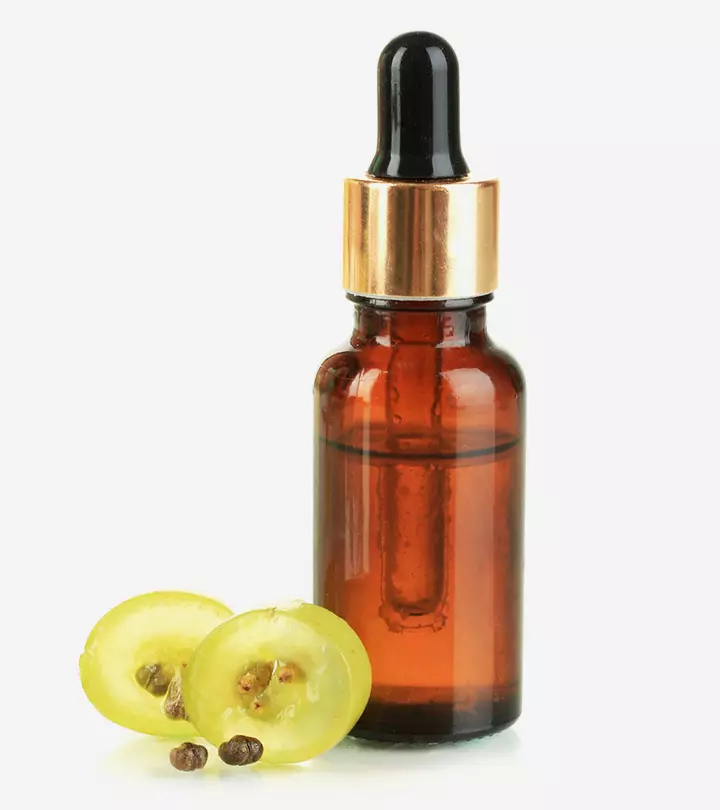

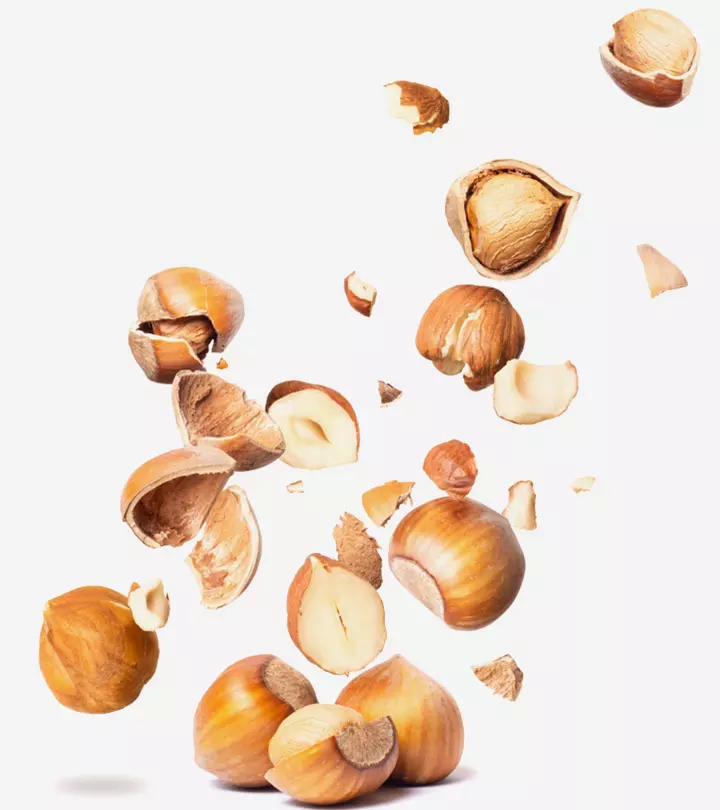



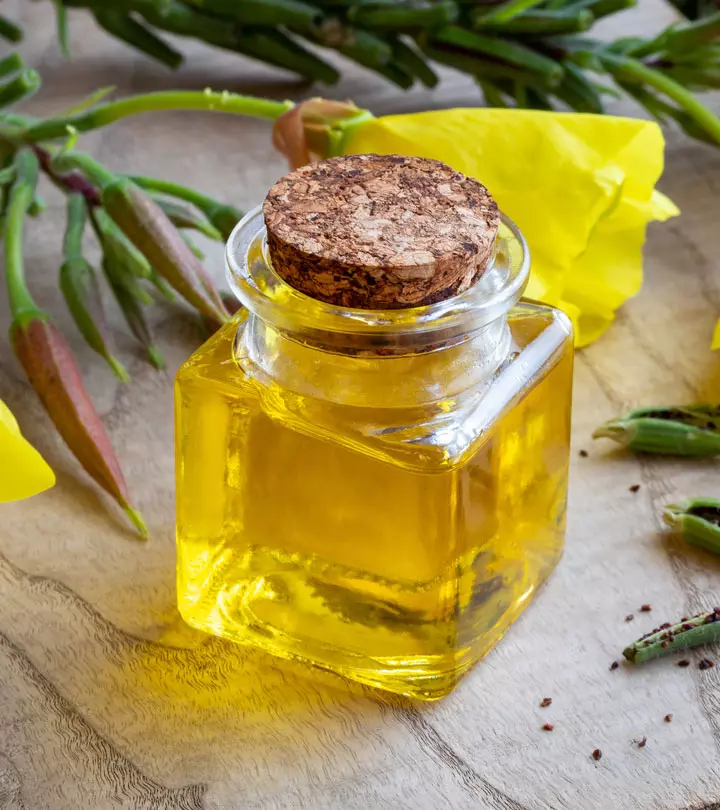

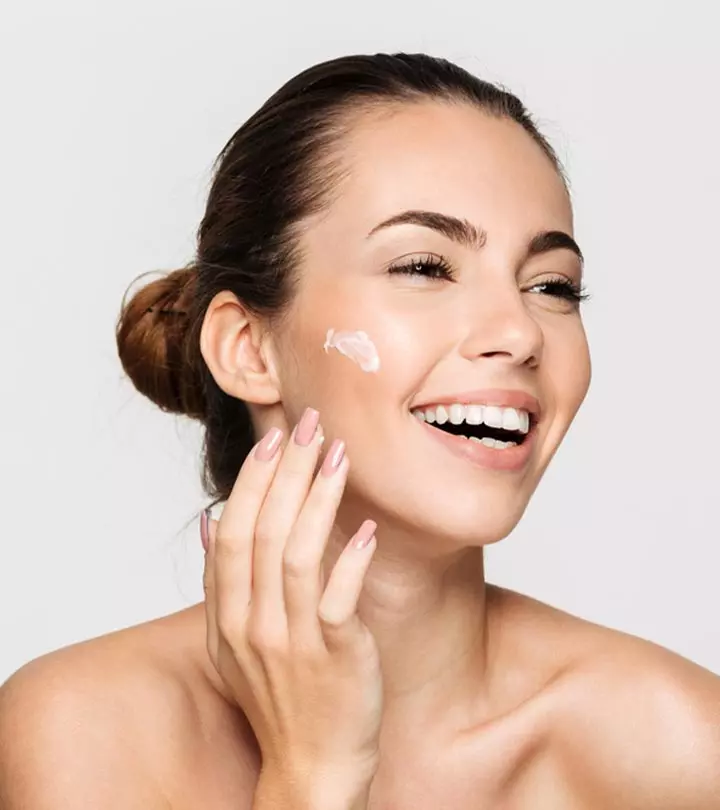



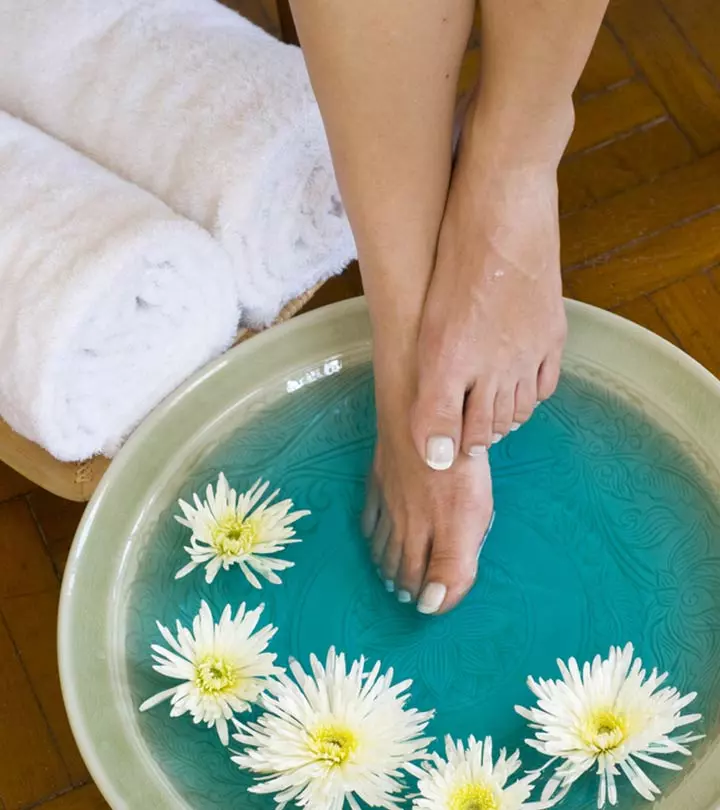



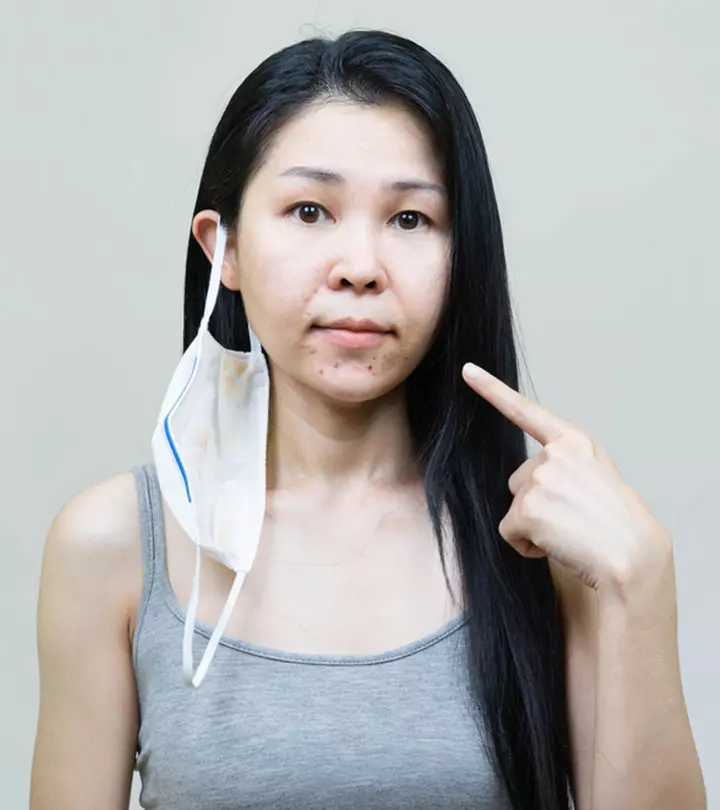



Community Experiences
Join the conversation and become a part of our empowering community! Share your stories, experiences, and insights to connect with other beauty, lifestyle, and health enthusiasts.